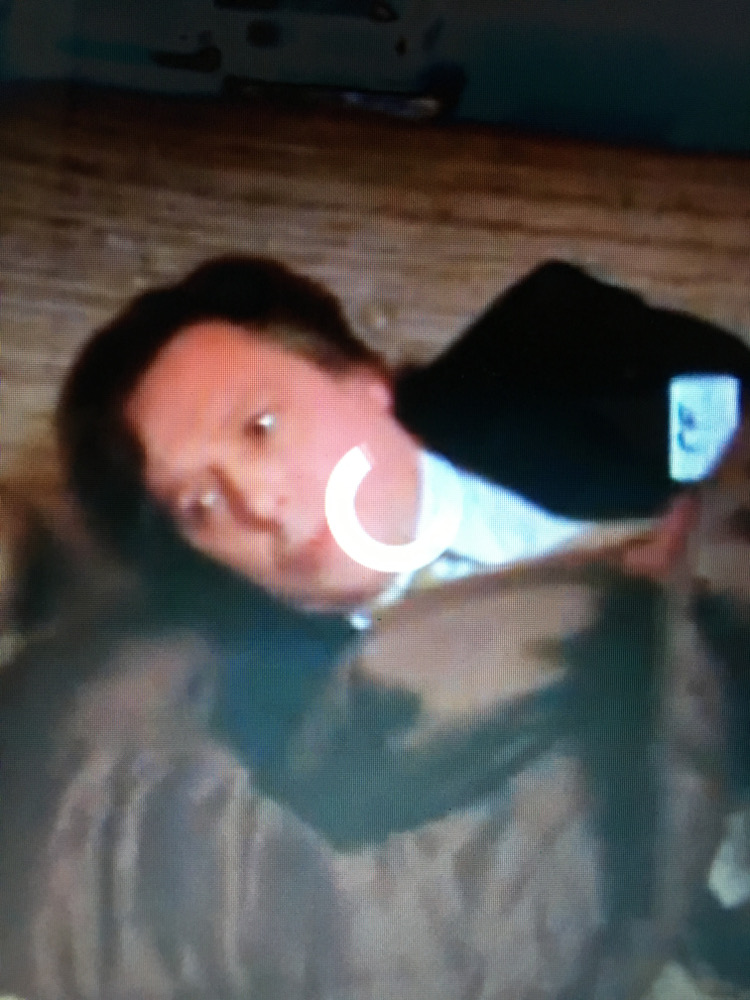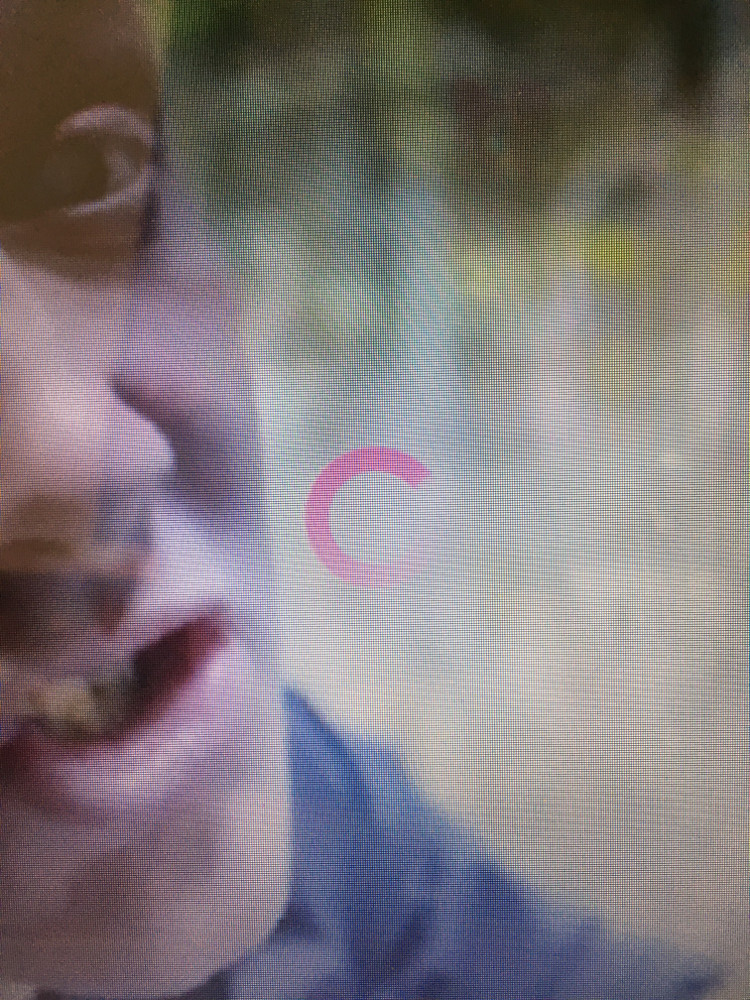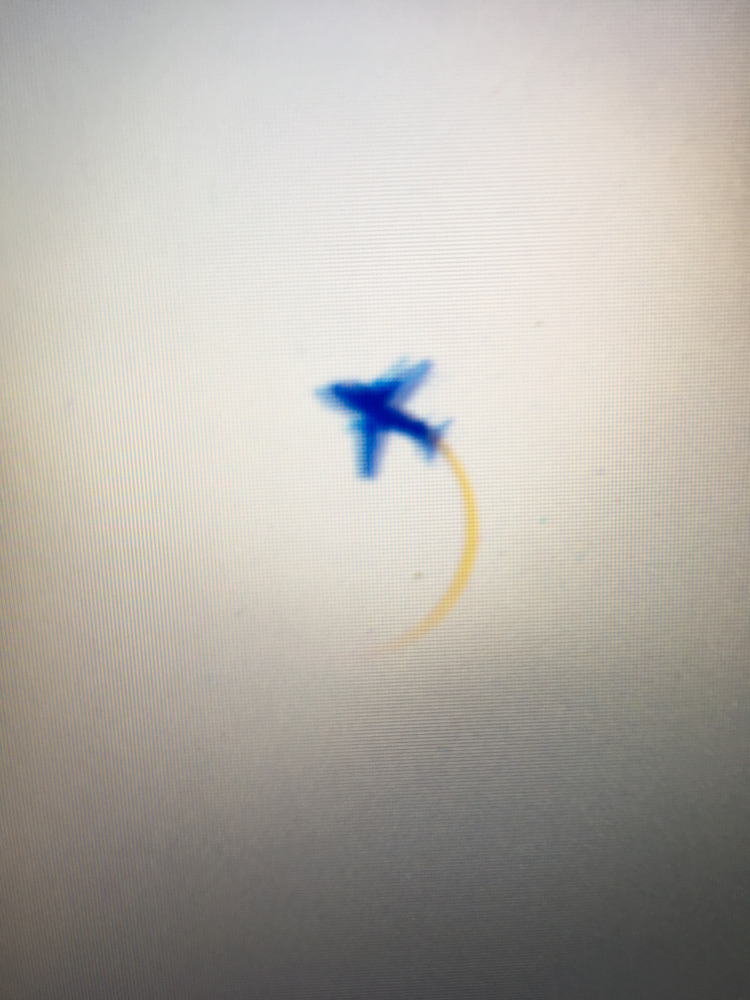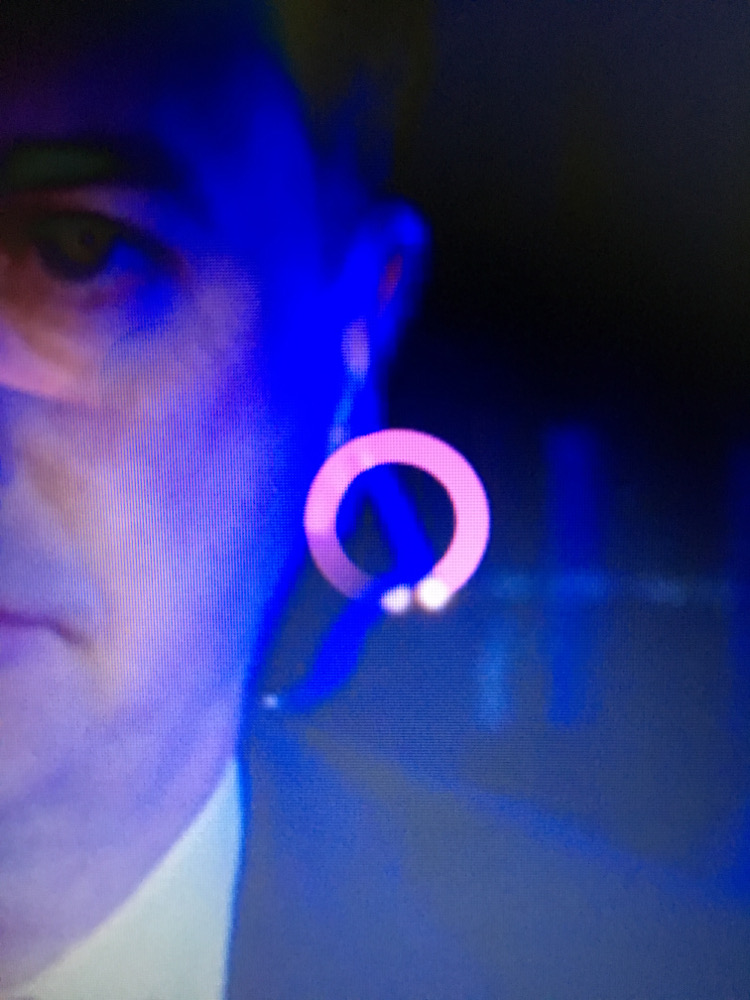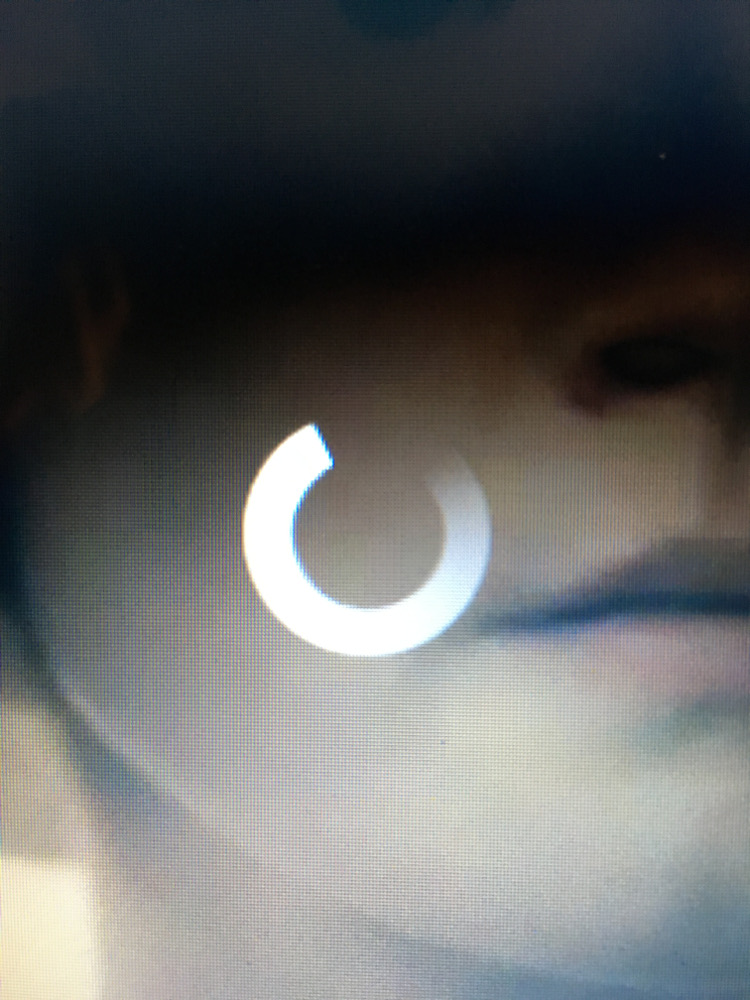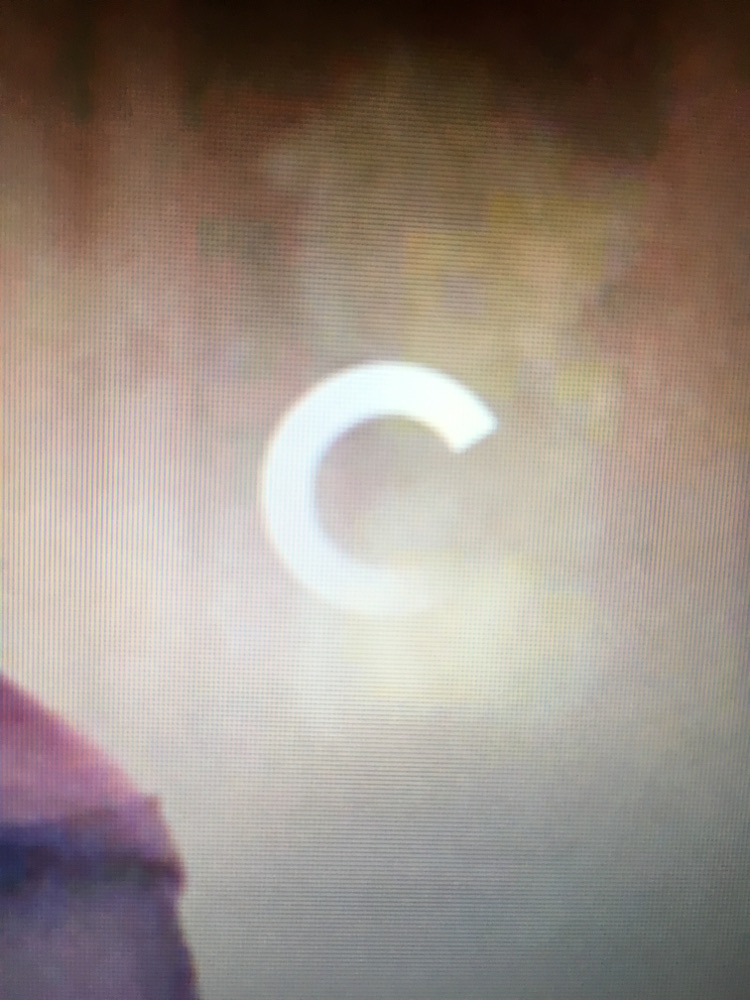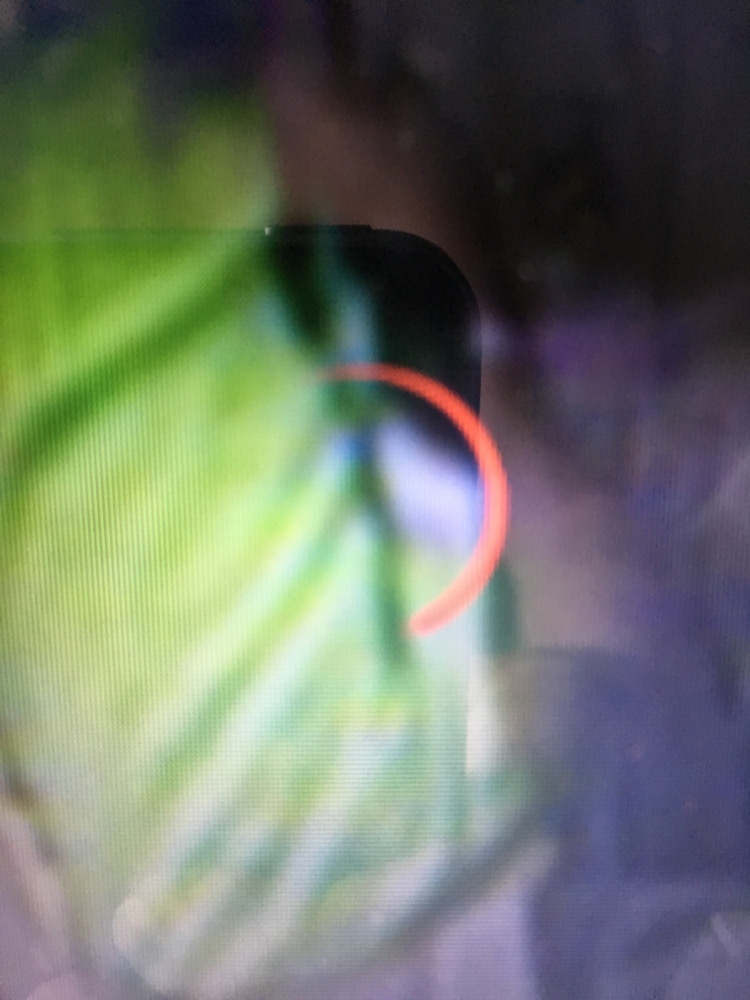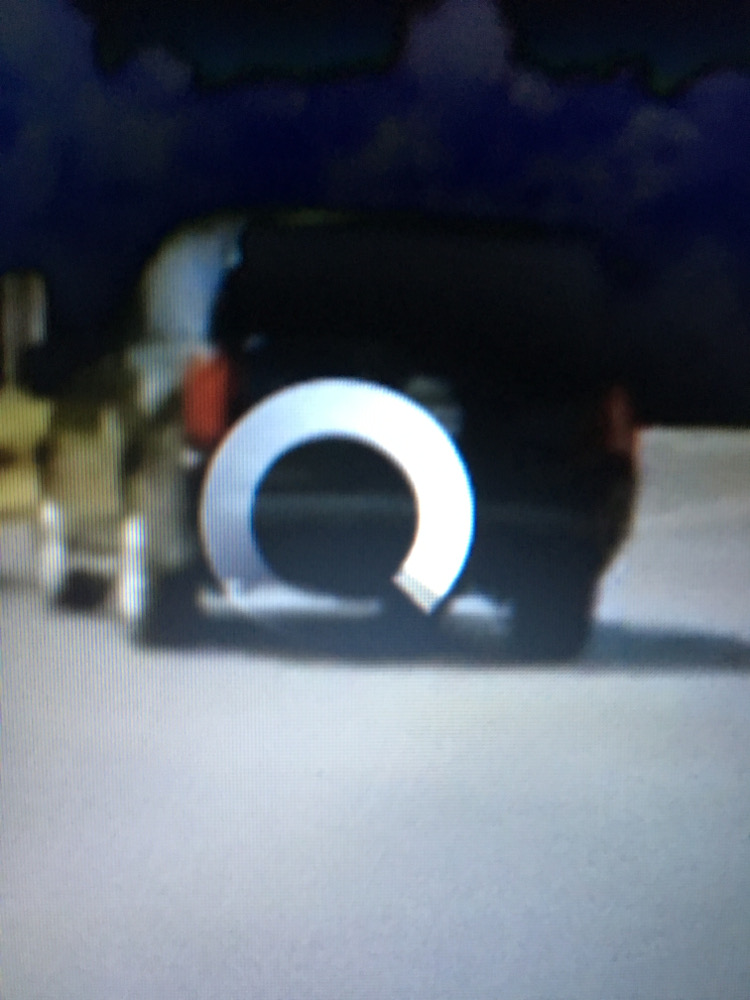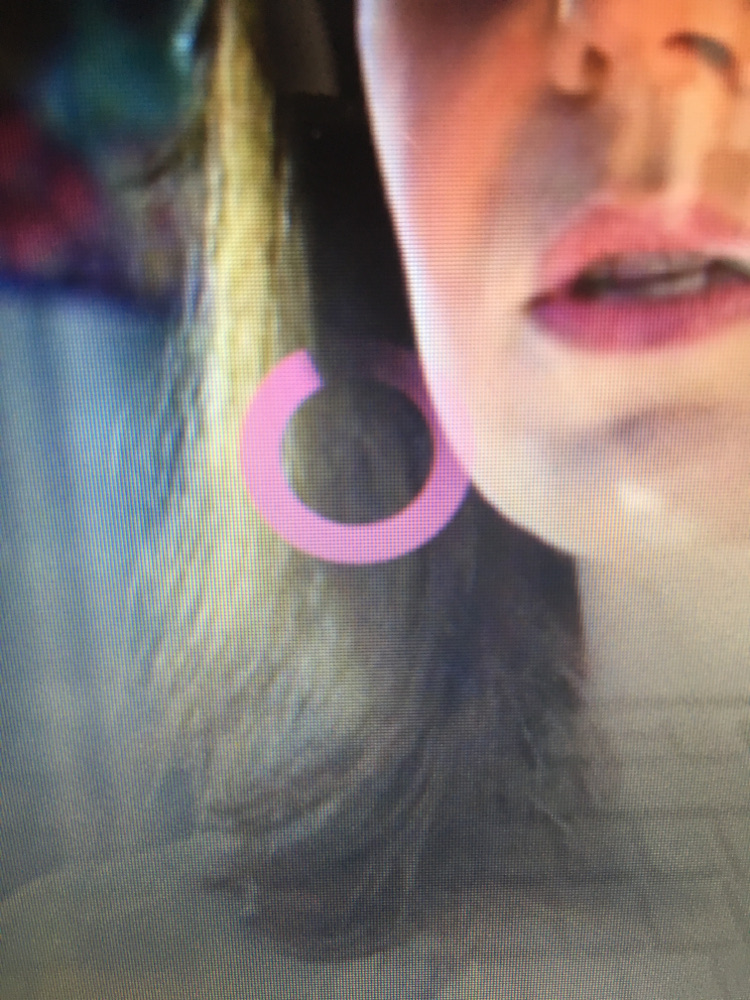The history of the horse and its consequent relationship to us has culminated in a complex symbol that has allowed us to produce a plethora of artistic interpretations. Horses make us think of strength, richness and perfection. Pictorially, they hold a place in art history as powerful representations of status. Even in common phrases and jargon: ‘the width of a horse’s ass’, ‘wins by a nose’ or indeed, ‘straight from the horse’s mouth’.
Along with ‘get off your high horse’ and ‘hold your horses’, they form the crux of what this piece is about. Relatively speaking, the preconceived ideas that we have about power have been interesting to investigate and transform into something visually.
Torino has had a particular role to play in the formation of what we now know as the Italian state: French occupation, the Savoia dynasty and the Risorgimento, things which are clearly in evidence by what we see in the streets and piazzas. The monuments therefore are vital for this idea of power and what it means to our urban environment.
When they were designed the idea was to immortalise people as national heroes using idealism, romance and the horse’s symbolic potency. However, such beautiful forms got me thinking about how they reflect on our current society? We still have leaders and important people but they are (and will be) presented completely differently. Politicians are eager to be seen as approachable, honest and thoughtful but we ironically know more about them and their flaws these days than say, Testa de Ferro or Ferdinand D’Savoia - but they are still public figures none the less and still have the same ambition and ruthlessness as those cast in bronze. The question is how much do current leaders wish to be seen or are seen as such?
The conception of the work and the representation of the two-faced nature of elitism and modern politics both came from this.
It struck me as interesting that (considering the perfect forms in front of me) that there are two different viewpoints from which any ‘immortal on horseback’ cannot not be seen and identified; from up the horse’s nose and from up its ass. The careful consideration of the sculptor and his workshop to convey the hero is lost with each example. Funnily enough all you are confronted with is either a strain of neck muscles or a pair of giant testicles.
I found this to be ideal territory for the new work, representative of the high society figure as a joke who can never fully achieve power because our society has become disinterested and hypercritical.
More to come in the next post on December 13






